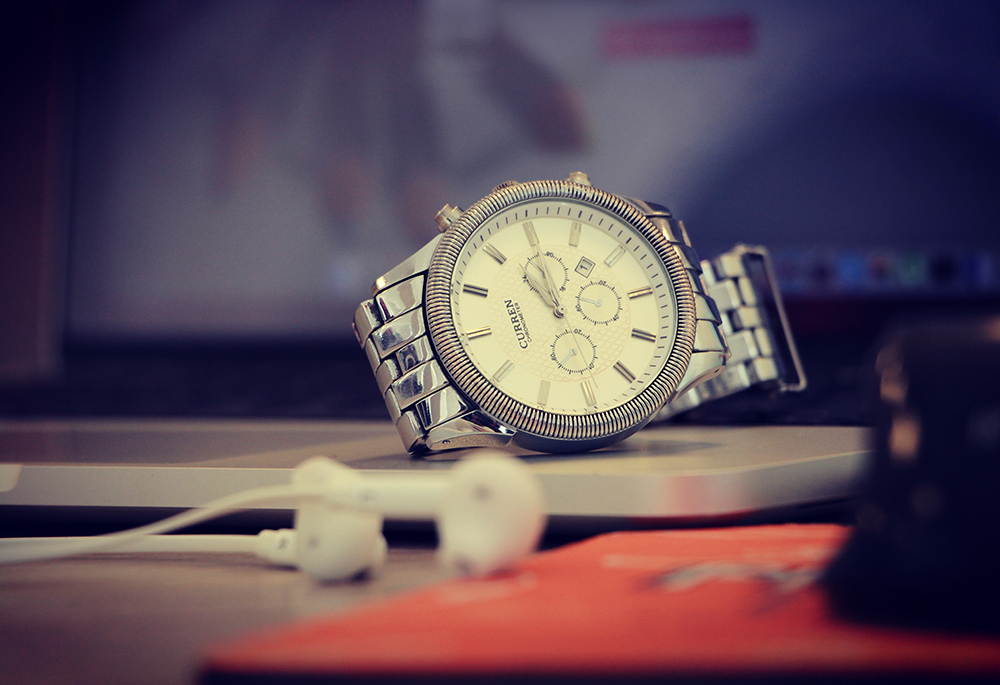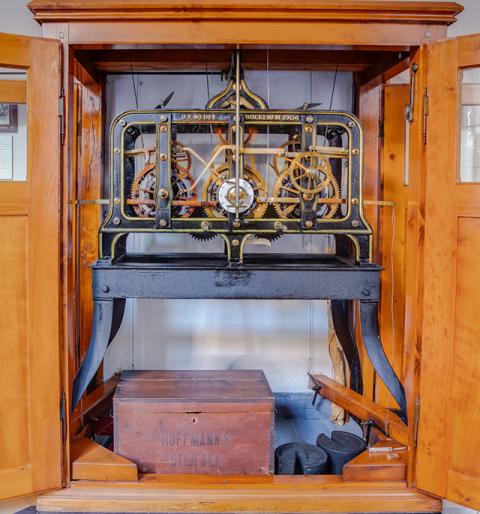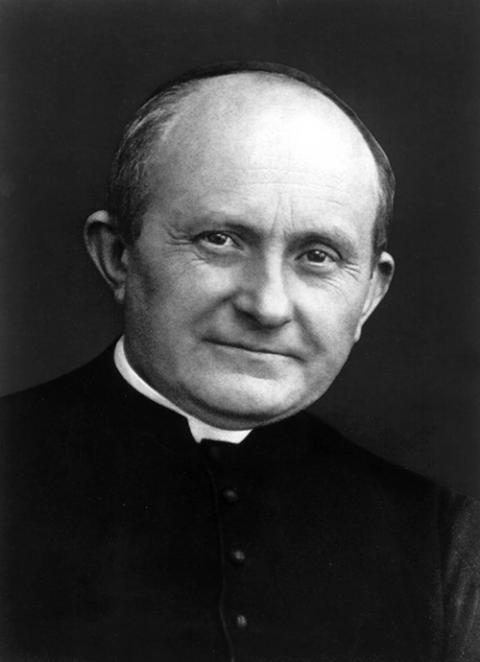
(Unsplash/farin sadiq)
In my early years of religious formation as a Holy Spirit Missionary Sister, the first prayer I learned was the Quarter Hour Prayer, a spiritual exercise developed by St. Arnold Janssen, our founder, and the founder of three religious congregations. Since English was a foreign tongue, it took a few days to master the prayer. The directress told us that Father Arnold would pray this prayer every 15 minutes — and there was a clock which would chime every 15 minutes. I pondered on the mystery of someone praying every 15 minutes!
Having learned the prayer, we enthusiastically used it to carry forward the heritage of our congregation, and recited it while engaged in chores. Years went by, and the frequency of Quarter Hour Prayer was reduced to table prayer, with almost a gap of 12 hours. We sang it on solemn occasions, and added variety to it, with community sharing at each stanza of the prayer. At the end of the prayer we invoked the intercession of Sts. Arnold, Joseph Freinademetz, Mother Maria and Josepha. Given all that, only recently did I realize the reason for it.

This photo features the original “Quarter Hour Clock” that Missionary Sisters Servants of the Holy Spirit founder St. Arnold Janssen used. It is in the congregation's museum and archives. (Courtesy of the Missionary Sisters Servants of the Holy Spirit)
Fr. Arnold Janssen, a man of incredible wisdom, was known as either a fool or a saint, and for his temper and less sociable character. Founding three missionary congregations in Europe — during Kulturkampf while religious life was in decline — he was adamant about getting what he thought as the will of God. But before God and in the church, he was a visionary and the right entrepreneur, who knew where to invest his time and energy for better returns, and no one could beat him for the perfection with which he established missions. The Quarter Hour Prayer, which he designed, was his way of life — a micro habit, which made him a legend.
Some have said the attention span of a human being is about 10-15 minutes. We have all experienced this in a class, or listening to a sermon. I don't think anyone is immune to it, except for the variation of duration. After 15 minutes, what do we need to do? Take a break. That was the mindful living skill developed by Father Arnold — saying a prayer, and getting back to work refreshed!
Author Joe Dispenza says, "Our thoughts are a redundant set of automatic, unconscious behaviors and emotions, acquired through repetition; 95% who we are by age of 35 is a memorized set of emotional reactions, behaviors, hardwired attitudes, beliefs and perceptions that function like a computer program, leaving just 5% to our conscious mind."
Creating a new set of habits is daunting, but achievable. Start small. That's where micro habits come in. Micro habits are tiny little habits that are easier to achieve and maintain. They aren't time consuming, or need extra effort to practice; therefore, micro habits are easy to incorporate into our routine.
Advertisement
Doubtless the digital world and technology have impacted our original practices. We live literally on our fingertips. Almost everything works on a touch. From audiobooks to guided mediation and audio-visual prayer services, we have an excess of things set before us to consume, and we are being led to a life of automated activities. Digitally accompanied life has advantages and disadvantages.
As the quantity of activities increase, the quality of living may decrease. Lifestyle diseases, changes in behavioral patterns, shifting trends in relationships and social life, emotional fluctuation, cognitive affects, shallow spirituality, the fear of losing out, and erosion of values are examples of the invisible intrusion of an excessive technology-dependent life.
Earlier, reading was probably the hobby most mentioned in a resume — that is an outdated activity! Each of us can take stock and see how our capacity for uninterrupted attention in reading is affected by digital addiction. Digital addiction is a silent killer.
Reading about micro habits, I came across the one percent improvement theory. Which means, your success or failure today is directly proportional to all the small decisions you have made in your life. The decision to write a book in a fortnight would be an overwhelming thought, let alone the activity; however, starting small — one paragraph to one page a day — is an attainable goal. A healthy activity can be linked with an addictive behavior: for instance, instead of checking your cellphone frequently, you could say a short prayer. After a few attempts the brain automatically learns to alter your former habit.

St. Arnold Janssen (CNS/Courtesy of Society of the Divine Word)
The Quarter Hour Prayer spirituality can be considered a micro habit for mindful living. His "Quarter Hour Clock" was a tool he invented to stick to his practice. Mindful living is universally valued and endorsed across cultures and nations. He lived in a time where the rush of digital technology didn't pose a distraction. Not having technological advantages could have been the distraction of their time — where one had to do everything manually and wait longer for the results. Here the physical labor was harsh.
The book Touching Peace: Practicing the Art of Mindful Living speaks about a similar experience the author had in a Buddhist country: A bell would ring at regular intervals, and people would stop and focus on their breath and whisper, "listen, listen." Life is found only in the present movement. Mindful living is important, and religious aspects contribute to living consciously.
As mentioned, micro habits can be practiced in less than 60 seconds. The Quarter Hour Prayer. — which holds the entire mystery of the Triune God — can be said in 30 seconds. Imagine Father Arnold sitting at his desk, drafting the constitution of a congregation — which is very tedious and draining — every 15 minutes he pauses for his favorite activity. The prayer that emerged from his heart would work like drinking a strong cappuccino would for us. Every quarter-hour he was refreshed by the water from the springs of salvation. And he made the necessary arrangements for others to experience this exercise.
"Quarter hour" may sound impossible with our daily activities. It is too noisy to concentrate. However, we can implement the one percent rule, and after a few conscious attempts, a neural loop or pathway is formed in the brain.
On Jan. 15, we celebrated the 114th death anniversary of St. Arnold Janssen. Through his intercession, we pray for the grace to live one day at a time. When we are weighed down with agendas and schedules, deadlines, reminders, overdue assignments, professional pressure and personal struggles, let us remember a saint who lived his life truly immersed in prayer, and left a legacy for the three congregations he founded.







